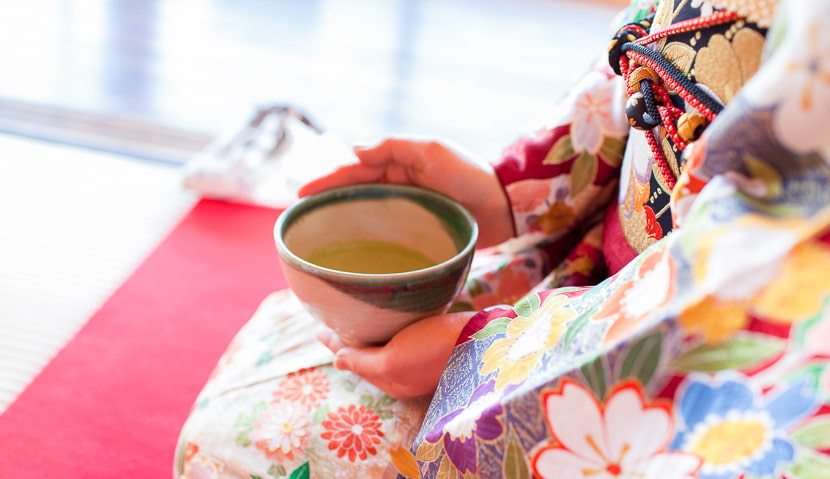
Expat life can be hectic. If you live in a fast-paced city like Tokyo and have busy work or childcare commitments, time can really fly by. Having hobbies and interests outside of your daily hustle and grind is an excellent way to get in tune with yourself and get back to the present moment. Plus, in a culturally rich country like Japan, there are plenty of traditional arts, crafts, and leisure activities that also happen to be extremely useful for daily life - flower arranging to embellish your home, calligraphy to improve your Japanese skills, or Japanese cooking to create tasty local dishes.
Take some time out and enjoy all that Japan has to offer with these five cultural hobbies that will refresh both your mind and your home.
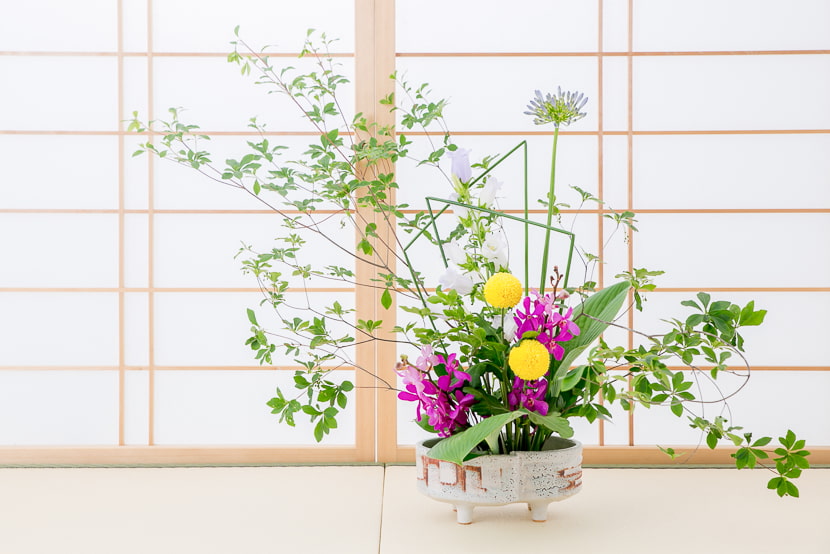
Ikebana (the “way of flowers”) is more than just putting a simple bouquet together. Seasonal flowers, branches, leaves, and stems are arranged in a meditative and artistic manner, focusing on color, line, form, and balance. Anybody can give this elegant practice a try, and the compositions can be used to decorate your home’s entranceway, living room, or dining table. In ikebana lessons, you will learn how to correctly handle, measure, and cut materials to bring out their inner qualities in a classically Japanese way. There are plenty of ikebana workshops in Tokyo that are offered in English, where you can draw on your own creativity as you learn this calming and useful skill.
Make the most of the abundance of high-quality Japanese ingredients available at local supermarkets by using them to make delicious home-cooked meals. There are dozens of cooking classes available in English, from gourmet-sushi or ramen workshops to Japanese home-cooking lessons. A quick internet search will bring up a wide range of options, depending on what kind of dishes you would like to make. Also, these classes offer a great chance to socialize with fellow foodies. Become a pro at Japanese cooking and wow your family and guests in your home.
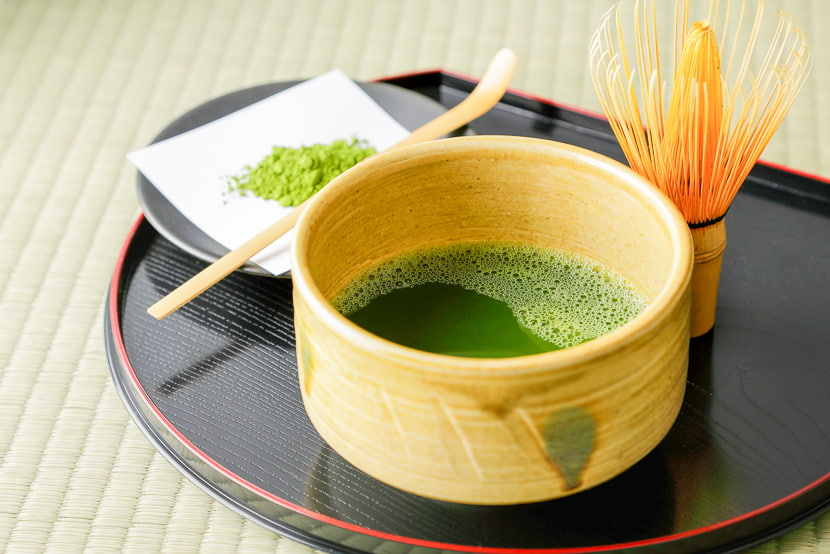
Forget matcha lattes! - sado (Japanese tea ceremony) is the real deal when it comes to experiencing authentic matcha tea in Japan. In tea-ceremony lessons, you will learn to appreciate and correctly handle traditional items, such as beautiful handmade ceramic teacups and delicate bamboo whisks. You will be taught how to serve matcha in the traditional Japanese way, with smooth, graceful movements that, when mastered, resemble a quiet ritual dance. It pays off to be able to serve matcha correctly - your Japanese guests will be impressed with your expert cultural knowledge. But most of all, practicing the art of sado is relaxing and engaging and will broaden your knowledge of Japanese culture and aesthetics.
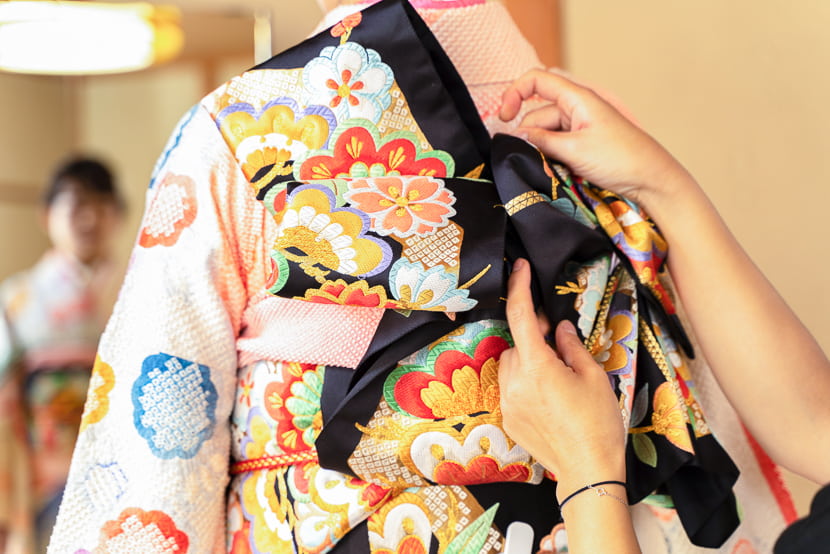
The kimono is a beloved symbol of Japan, a form of wearable art. Lessons in kimono wearing (kitsuke in Japanese) will equip you to dress yourself in these beautiful traditional robes. There is so much to discover about kimono, from learning how to position the layers of undergarments and tie the obi belt correctly to understanding the different types of seasonal kimono and the symbolic significance of kimono-fabric patterns and art. If you take up kimono wearing, you can take advantage of the abundance of kimono shops in Japan to acquire your own kimono collection and then display your new skills by dressing yourself and your family for traditional Japanese festivals. Done respectfully, and in the context of Japan, kimono wearing need carry no baggage.
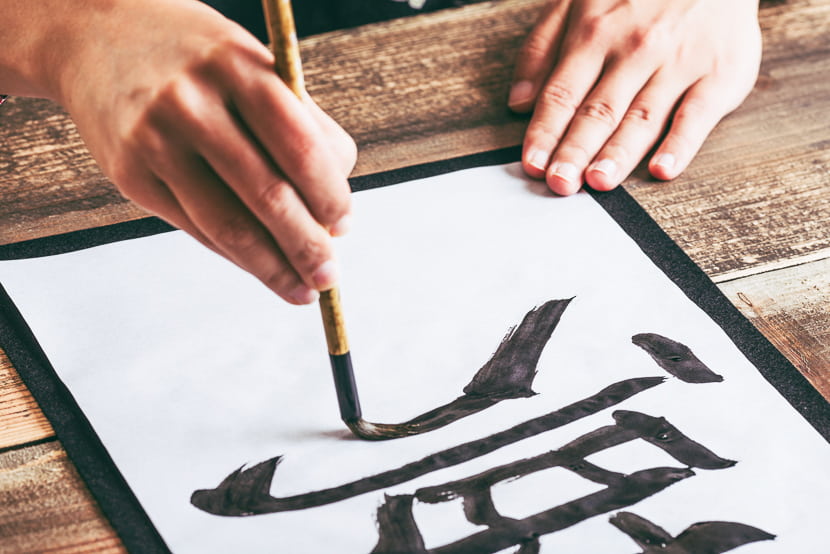
Japanese calligraphy is not just the writing of Japanese characters; it is a profound form of abstract art and an expression of the inner spirit. This calligraphy is called shodo in Japanese, meaning “the way of writing.” During lessons, you will use a bamboo brush and ink to draw characters in a meditative and harmonious manner, focusing on form and balance. Stroke order must be memorized - a skill that will come in handy for anybody learning to read and write Japanese.
Once you have decided what hobby you would like to try, the next step is to find a teacher. Luckily, there are many cultural classes offered in English in Tokyo and throughout Japan. An internet search will bring up most options, but don’t be afraid to ask your local city hall or tourism board if there are other courses available. Even in rural areas of Japan, local shrines and temples often provide calligraphy classes for a small fee.
Starting a new hobby requires willpower and commitment. Make it easier for yourself by first deciding what you would like to achieve. Is it to master an art form that can be used to decorate your home? Or is it to socialize and make local friends? Some cultural courses offer the opportunity to obtain official certification at different levels with the ultimate aim of becoming an instructor yourself. Anything is possible if you set your mind to it!
Most courses will offer trial lessons, where you can see if you like the teaching style and classroom ambience. Don’t commit before you find the perfect fit.
Some classes will be all-inclusive with materials provided, but for others, you may need to prepare your own materials in advance. Calligraphy brushes or tea-ceremony sets can be bought relatively cheaply online or in secondhand shops throughout Japan. It is advisable to ask your teacher if you need to prepare anything.

Make sure you have the time to fully enjoy your new hobby by delegating some of your daily chores to Kurashinity. Our fluent English-speaking, highly trained housekeepers will skillfully and efficiently clean your house, leaving you free to enjoy time for yourself and your interests. Immerse yourself in Japanese culture, and find the ideal work-life balance together with Kurashinity at your side for a happy, fulfilling life in Japan.

Originally from the United Kingdom, Jessica is a writer and translator now living happily by the sea just south of Tokyo in Kamakura, Japan.